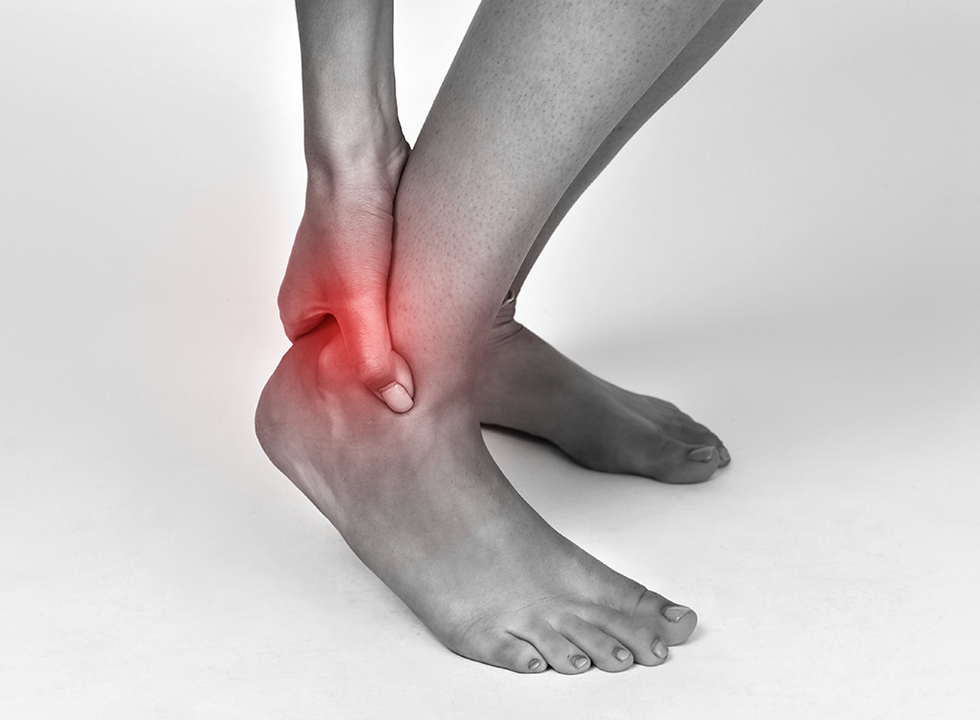Why Your Fascia Might Be the Missing Link to Your Aches and Pains
- E-Young Khoo
- Jul 8, 2025
- 3 min read
Understanding the Body’s “Hidden” Tissue and Its Role in Physiotherapy
Have you ever felt tight, stiff, or achy — even when you haven’t injured yourself? You might be dealing with more than just sore muscles or joints.The hidden culprit could be your fascia — the often-overlooked tissue that physiotherapists are paying more attention to than ever before.
What is Fascia?
Fascia is a thin but strong web of connective tissue that wraps around everything in your body — muscles, bones, nerves, blood vessels, and organs. Think of it like a 3D spiderweb or a body-wide wetsuit underneath your skin.It provides support, structure, and communication pathways throughout your body, helping everything glide and work together smoothly.
When healthy, fascia is flexible, slippery, and elastic. But if it becomes tight, dehydrated, or “stuck” (due to poor posture, inactivity, overuse, stress, or injury), it can restrict movement and cause pain — sometimes far away from the original problem area.
In short:Tight fascia = tight body.
Fascia’s Role in Pain and Injury
Fascia is filled with sensory nerves — even more than your muscles — meaning it can be extremely sensitive to changes.Problems in your fascia can:
Cause stiffness, soreness, or a feeling of being “bound up”
Restrict your movement and flexibility
Create referred pain (pain in a different spot from the actual issue)
Slow down healing from injuries
Contribute to chronic conditions like plantar fasciitis, frozen shoulder, or low back pain
Fascial dysfunction can sometimes explain why you still feel tight or uncomfortable, even after stretching or strengthening exercises alone.
How Physiotherapy Can Help Fascia
Physiotherapists are trained to assess and treat fascial issues through a range of techniques, including:
Myofascial Release: Hands-on techniques to gently stretch and loosen restricted fascia
Dry Needling: Using fine needles to release tight trigger points in the fascia and muscles
Fascial Stretch Therapy: Guided movements to target and mobilise the fascia
Targeted Exercise Programs: Strengthening and mobility work designed to restore healthy fascial function
Postural Re-education: Teaching your body better habits to prevent fascial tightness from returning
Addressing the fascia can often be the missing piece in helping patients recover fully — especially for those with nagging, stubborn aches that haven’t improved with conventional treatment alone.
Fascinating Facts About Fascia
It’s everywhere: There is no place in the body without fascia — it connects head to toe.
It responds to movement: Regular, varied movement keeps your fascia healthy and elastic. Inactivity causes it to become stiff and sticky.
It’s incredibly strong: Fascia can withstand high tension, making it a key player in force transmission through the body.
It can remember trauma: Some research suggests fascia can “store” physical and emotional trauma, affecting your body long after an injury has healed.
Take Care of Your Fascia
You don’t need an injury to start looking after your fascia. Here’s what you can do:
Move often: Daily stretching, walking, and varied movement keeps fascia hydrated and flexible.
Stay hydrated: Fascia needs water to stay supple — drinking enough fluid is vital.
Stretch and release: Foam rolling, mobility exercises, and gentle stretching help maintain fascial health.
Get professional help: If you have persistent stiffness or soreness, a physiotherapist can assess whether fascia is part of the problem.
Conclusion:
Fascia might be “invisible” to most people, but it’s a powerful force behind how your body feels and moves.If you’re struggling with unexplained aches, tightness, or limited flexibility, it could be time to look beyond muscles and joints — and start thinking about your fascia.



Comments